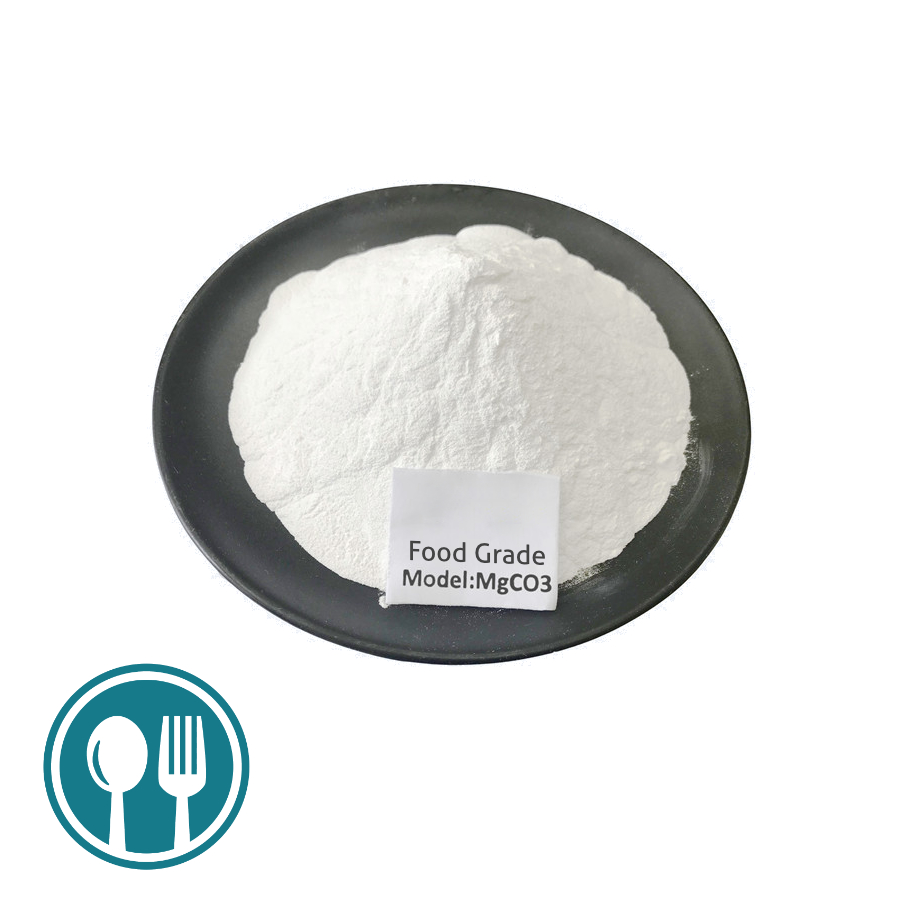Hebei Messi Biology Co., Ltd. stated that among the existing processes for producing magnesium carbonate products, most of them are preparation processes for basic magnesium carbonate and hydrated magnesium carbonate. There are very few preparation methods for single-phase magnesium carbonate. Industrially The prepared anhydrous magnesium carbonate samples have different grain sizes, unsatisfactory purity, and complicated preparation conditions. Therefore, the development of high-purity magnesium carbonate has always been the focus of researchers at home and abroad. The following is the preparation of anhydrous magnesium carbonate. The method is briefly introduced.
Microwave method:
This method relies on the transmission of high-frequency electromagnetic waves to the surface of the raw material, causing high-frequency oscillation of molecules, increasing the movement of molecules, and thus causing the generation of heat. Compared with traditional heating methods, the microwave heating method makes the reaction system heat more uniformly, and the system It is well dispersed and has the advantage of high efficiency. Magnesium sulfate is used as the raw material, urea is the precipitant, and sodium hydroxide is the auxiliary agent. The microwave heating method is used to prepare anhydrous magnesium carbonate powder with regular shape and uniform size in one step. Magnesium sulfate: urea: sodium hydroxide = 1: At 5:1, react at 160°C for 30 minutes to obtain anhydrous magnesium carbonate with a cubic structure of about 4 μm. And as time increases, the structure of anhydrous magnesium carbonate gradually becomes spherical, and the particle size increases.
High temperature and high pressure reaction method:
Use analytically pure magnesium oxalate dihydrate as the starting material, sodium chloride as the pressure transmission medium, and graphite as the heater. Use a tablet press to press the magnesium oxalate dihydrate into a φ6mmx3mm cylinder with built-in K-type nickel-chromium-nickel silicon. Heating with a thermocouple, the sample was placed in a six-sided top press for high-temperature and high-pressure reaction, and anhydrous magnesium carbonate was prepared under the conditions of 1.0GPa, 800°C, and 1 hour. The crystallinity of the prepared sample was good, and its average particle size was At around 20μm, the largest grain size reaches 200μm. Preparing anhydrous magnesium carbonate using a high-temperature and high-pressure reaction method has a simple process route, but requires strict reaction conditions, which will result in high costs and difficulty in freely growing crystals with special morphologies.

